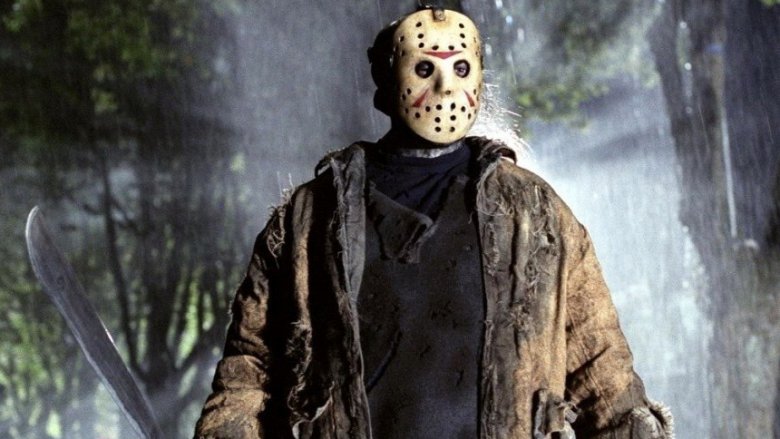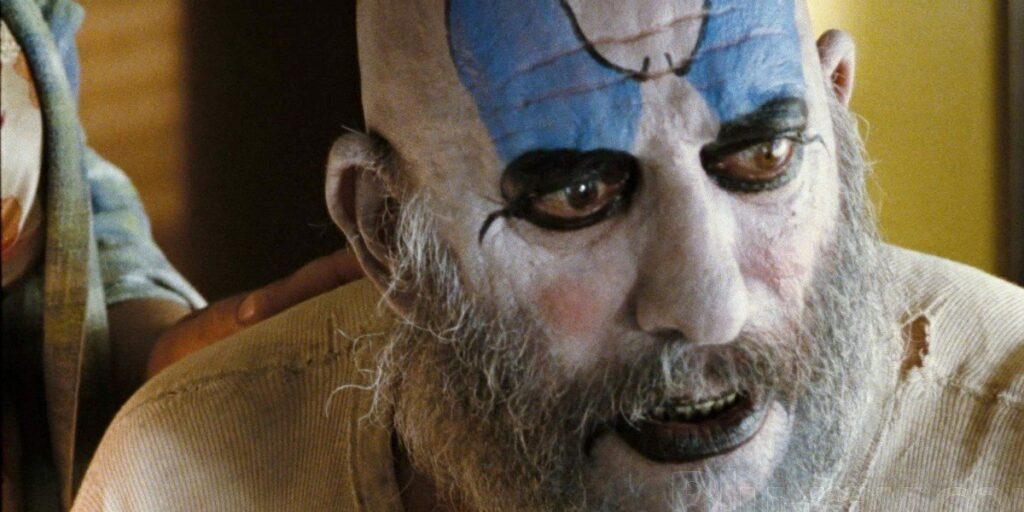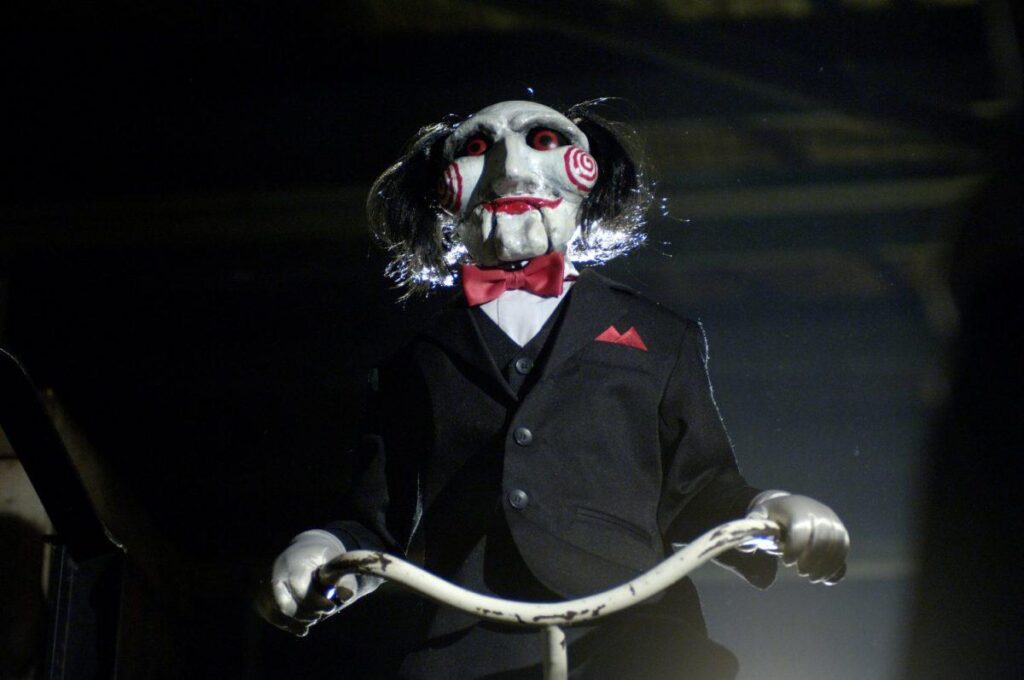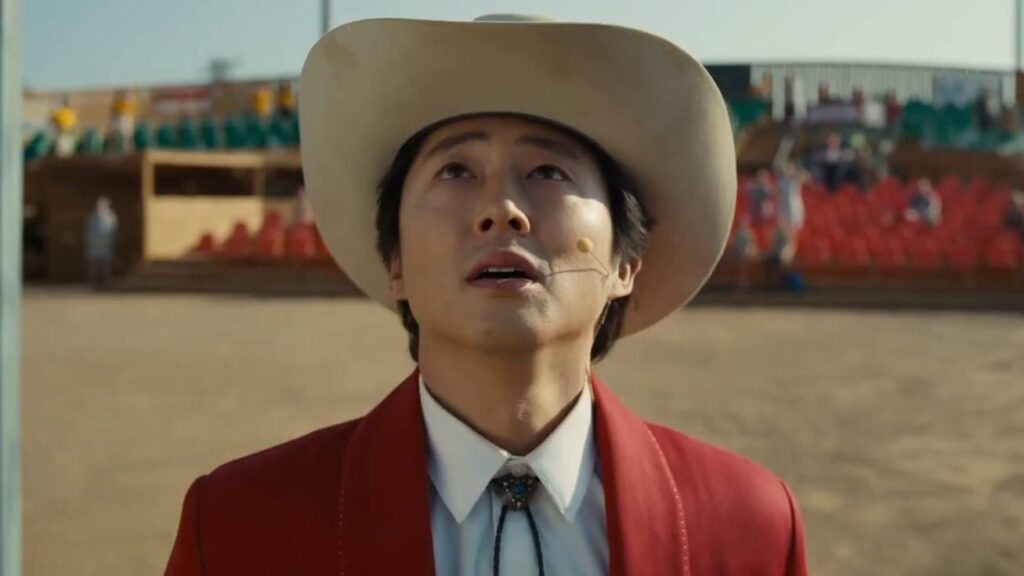It’s a common mistake to call a horror movie a scary movie. Not all horror movies are scary, and certainly not all scary movies are in the horror genre. Therein lies the biggest hurdle to overcome when crafting compelling horror – figuring out just what is “scary.” That is a question so vast it can be scary itself, crippling creativity and leading to unfinished projects, self-doubt, and wasted talent. So, how do you write a horror for film that captivates an audience?
How to Write Horror for Film: 4 Essential Tips
The truth is that good horror isn’t about scaring as much as it’s about entertaining. When you set out to entertain instead of scare, you will always win the audience. In fact, the first horror film wasn’t considered a horror movie at all, as it was the first movie of its kind. Horror can be our everyday world shown through a nightmare lens and can be inspired by the situations we face and mundane parts of our day suddenly uprooted by the otherworldly. It’s the ultimate genre of escapism, and great horror writers never lose sight of that.
Here are additional tips on how to write compelling horror.
1. Don’t Reinvent the Wheel, Just Make a Great Wheel
In the late ’70s and early ’80s, the budding subgenre of the body-count movie was on the rise. Victor Miller, a screenwriter, and director Sean S. Cunningham were amazed by the box office success of John Carpenter’s Halloween and decided to try to replicate it with the first Friday the 13th.
While Halloween played with suspense in its kills, Miller and Cunningham went in the opposite direction, upping the gore factor. The godfather of gore himself Tom Savini, fresh off Dawn of the Dead, was called in to bring to screen what Carpenter hid in the shadows. Practically telling the same story of teens picked off one by one by a psycho killer, both movies are seen as forefathers to the slasher subgenre yet handle it entirely differently. One chose to grotesque their audience into fear by showing the mayhem, while the other let what the audience didn’t see drive their fear.
When it comes to writing your own horror, don’t get hung up on re-inventing it, find your angle to adapt it. For example, in 1968, George A. Romero would forever change the idea of the zombie from Voodoo lore to the flesh-eating ghoul. Romero created an entirely new subgenre by re-contextualizing an already existing idea of the recently deceased rise from their freshly dug graves. Every zombie movie since Romero’s Night of the Living Dead has brandished the classic’s fingerprints proudly. Because it’s not always about making something new, but about making something enjoyable.
2. Watch The Best (and Worst) Horror Films
How do you get to perform at Carnegie Hall? Practice. Nothing will beat hours upon hours of self-education on a subject. Luckily, film is a visual medium, and you can literally watch scary movies and call it research. If you’re new to the genre, grab a Top 100 list and hop into the deep end. If you’re a long-tenured fan of fright, then you’ve been doing your homework this whole time. By watching good movies and bad, you’ve seen what works and what doesn’t, which scary movie scenes scare you and which do not, and what entertains you and what doesn’t. All art grows from what came before it, so set out to consume as much horror as you can and expose yourself to all the horror subgenres and horror from other countries. The only thing that can truly hurt you in horror is a narrow imagination.
Additionally, take the time to listen to the director’s commentary on a DVD or Blu-ray. A simple yet often overlooked tool, these pseudo-TEDtalks are goldmines of reusable info on not only filmmaking but the nature of the horror genre. Rocker turned horror auteur Rob Zombie always includes an extensive make-of documentary to show just what steps go into every step of crafting a horror movie, following from day one of production all the way to the Martini shot. These readily available resources can help you hone your skills in showing kills.
3. Don’t Feel Pressured to Follow Trends
Horror changes quicker than any other genre. As soon as a new style of horror hits with fright fans, everyone tries to re-create the same magic. The market becomes oversaturated, and just as fast, the style falls out of favor. In 2004, James Wans’ horror debut Saw hit screens and ushered in the short-lived subgenre of Torture horror. Movies that featured exceedingly cruel and unyielding deceptions of violence, such as Hostel and Wolf Creek, are solid examples.
Wans’ film was a masterclass in how to write horror for film and effective indie filmmaking. The young filmmaker understood how to torture his audience on a budget with implication rather than gratuity. A slew of gorier and gorier knock-offs would follow, enough that by 2007 audiences had grown desensitized to all the bloody carnage. Torture horror all but ceased overnight as Found Footage-style horror movies would find a second and steadier life. This all shows the fickle nature of audiences and that an attempt to create material simply to feed a trend can be a blind and thankless ambition.
4. Create the Horror Movie You Never Got to See
The band KISS is quoted as saying that the key to their success was being the band they never got to see growing up. That’s a beautiful way to approach any creative endeavor. Make the art you never got to enjoy. Whether your dream project deals with a murderous Easter Bunny or a haunted insane asylum, it doesn’t matter. Whatever the idea is, hold on to it and work with it, and, most importantly, make sure it’s something you yourself would want to watch. Think back to being an audience member and what style of story got you excited. If you make the story you wanted to see but never did, you may be surprised to learn just how many people are ready to be terrified by your nightmares as well.
Learning How to Write Horror for Film
Some call a life in the arts living the dream. Well, for those who love horror, it might be a dream job, but it’s their nightmares that inspire them. So, to the future masters of horror out there, we wish you chilling nightmares, you’ll need them.



